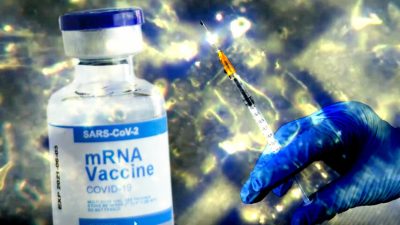“First 3D-Printed Functional Human Brain Tissue Grows Like the Real Thing”

Via: New Atlas:
Researchers have used a novel technique to 3D print brain tissue whose cells developed into functional neurons that communicated with each other in a matter of weeks. They say the approach could be used to study healthy and unhealthy brains, test drugs, or simply observe how the brain develops.
Creating an organ as close as possible to the real thing is essential for research exploring disease pathology and testing new drugs. The brain presents particular challenges, including the fact that neurons grown in the lab have to form functional connections, and the brain tissue needs to support a complex but delicate architecture.
University of Wisconsin–Madison (UW-Madison) researchers have successfully 3D-printed brain tissue that grows and functions like a typical brain.
“This could be a hugely powerful model to help us understand how brain cells and parts of the brain communicate in humans,” said Su-Chun Zhang, the study’s corresponding author. “It could change the way we look at stem cell biology, neuroscience and the pathogenesis of many neurological and psychiatric disorders.”



